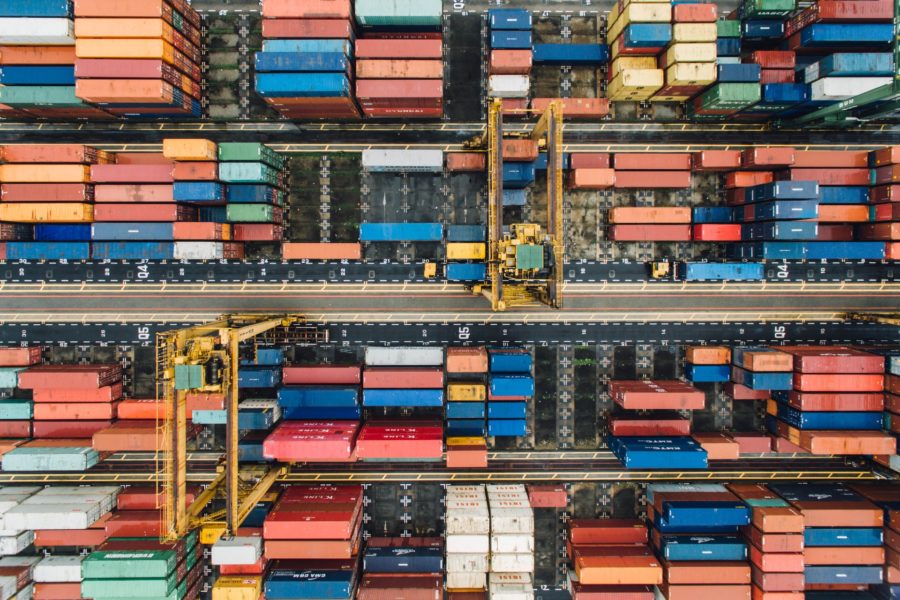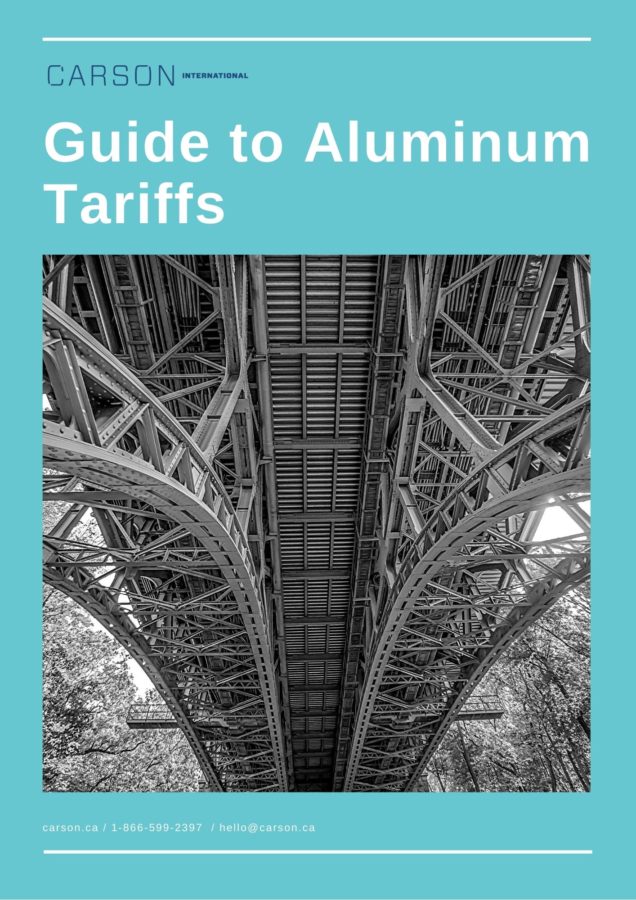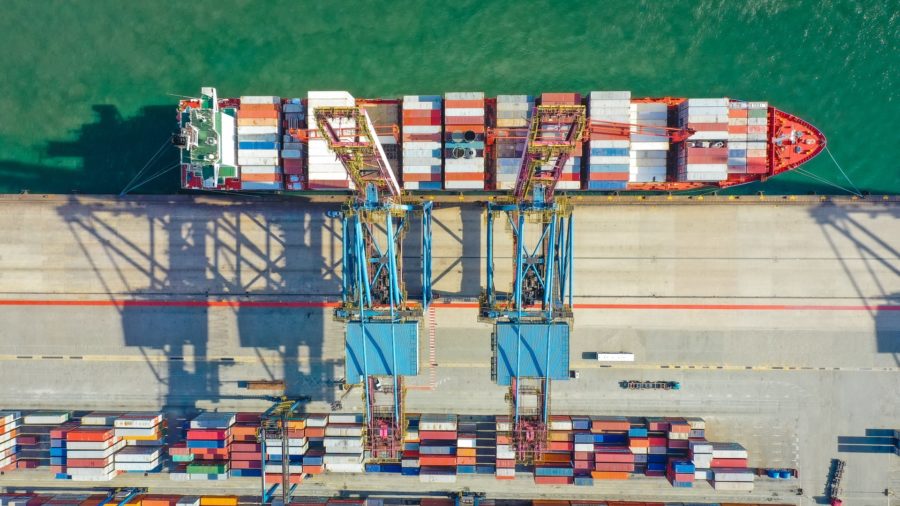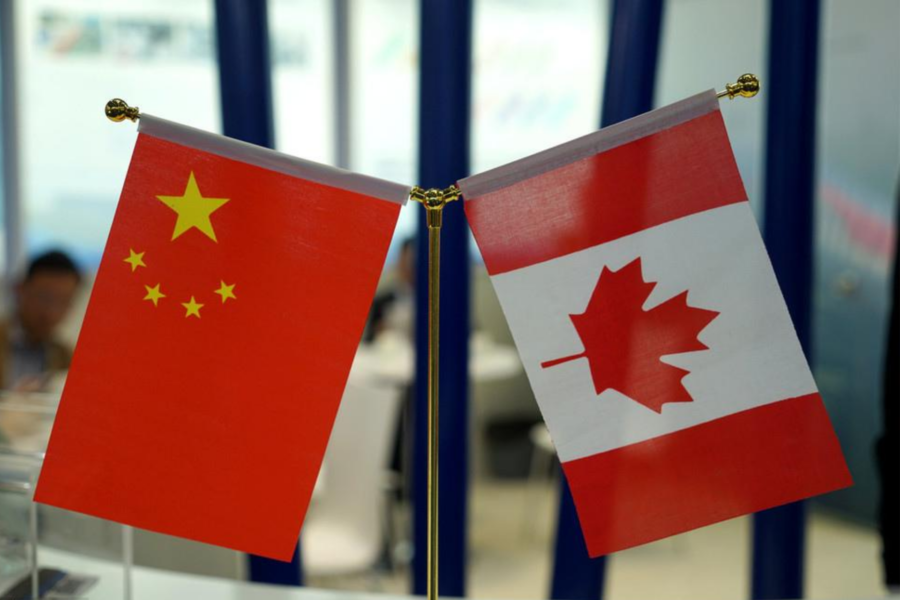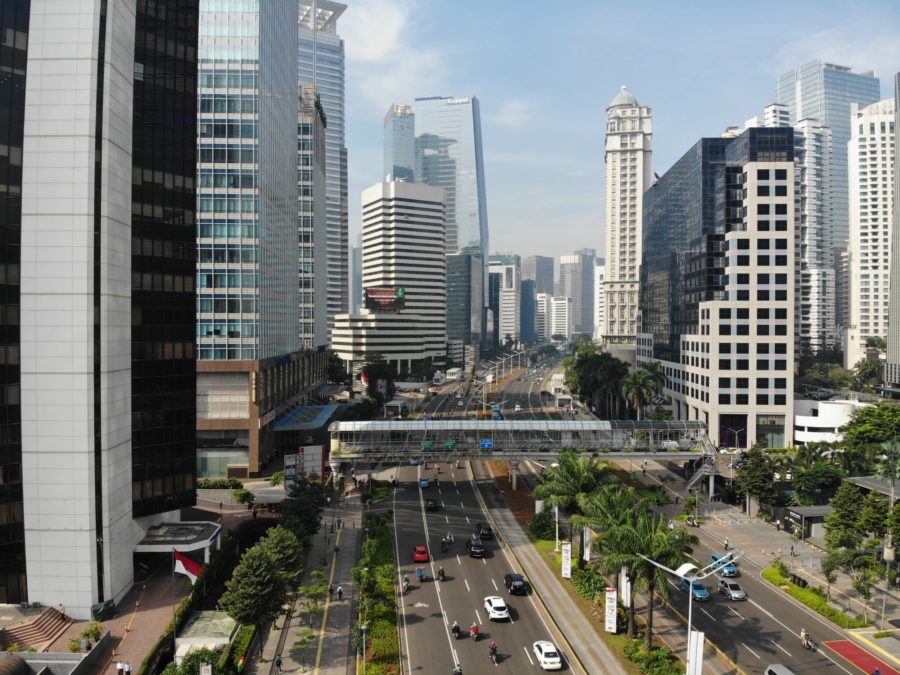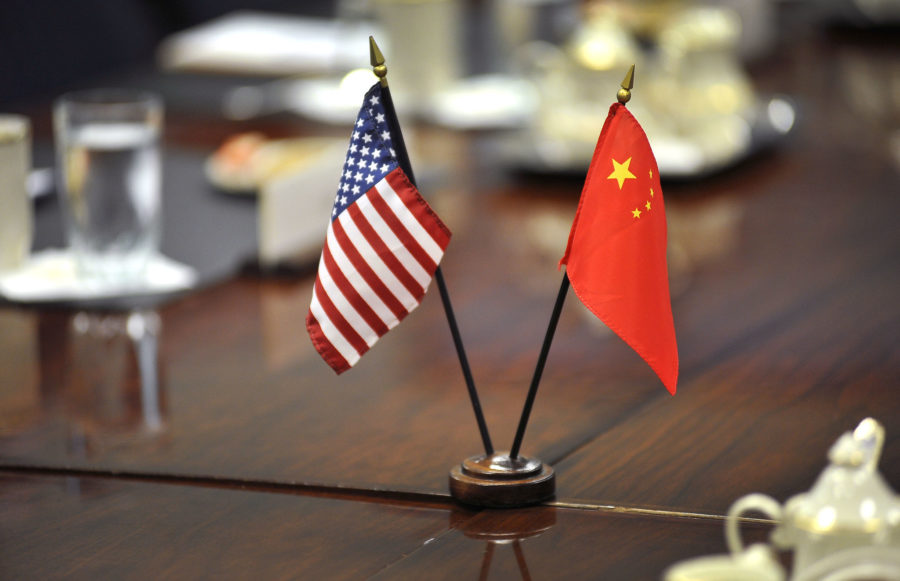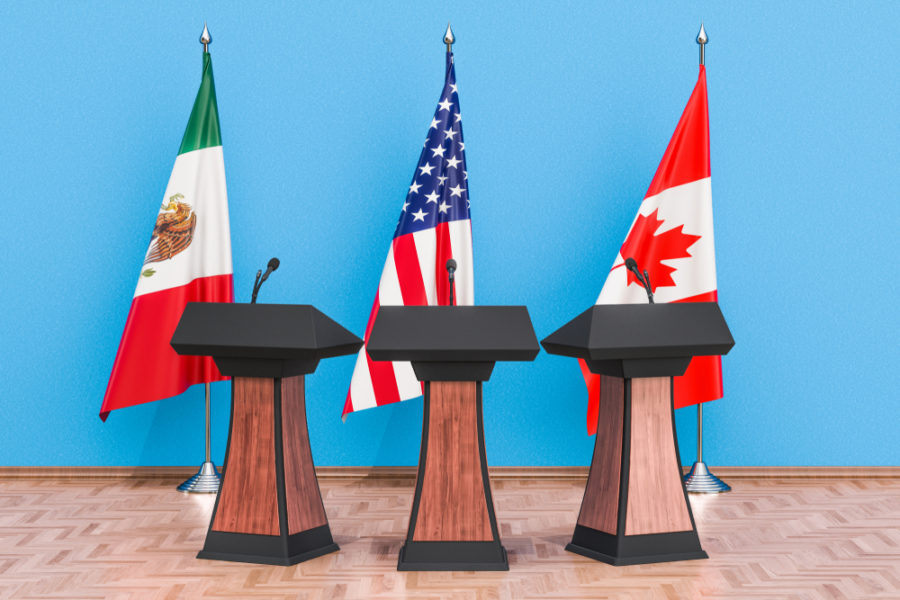Sign up for recent trade news that can affect your business:
August 26, 2020
USTR Excludes Additional Goods From China Tariff Section 301
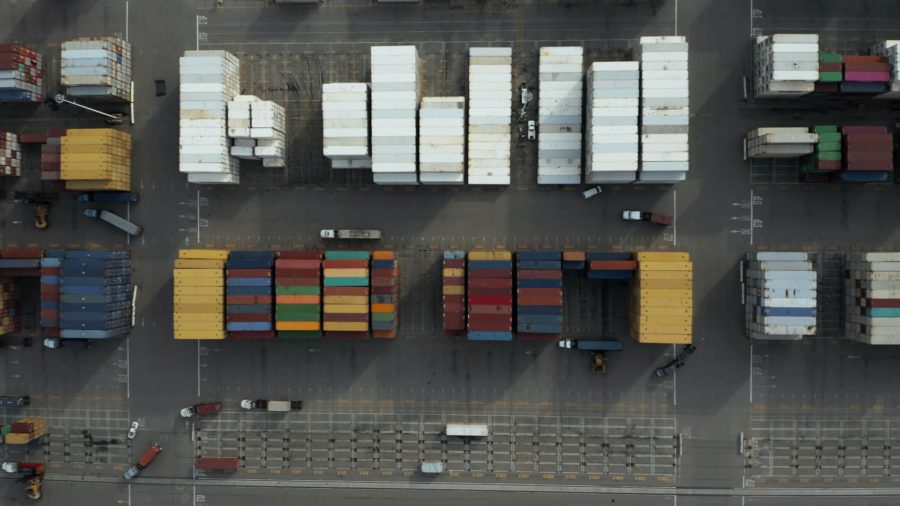
The USTR has updated the list of excluded products from the administration’s Section 301 List 4A tariffs.
The limited round of exclusions includes contains one subheading (thermal transfer printers of HTS 8443.32.1050) that is fully excluded, plus the following nine specific products:
- 3926.90.9985 (Prior to July 1, 2020) & 3926.90.9990 (Effective July 1, 2020) Doorway dust barrier kits, each comprising a sheet of plastics measuring not more than 0.15 mm in thickness, at least 1.2 m but not more than 1.6 m in width and at least 2.1 m but not more than 2.6 m in length, with two parallel slide fasteners extending the full length of the sheet, two metal flap hooks and a roll of tape with adhesive on both sides for securing the sheet to a doorway, such kits put up for retail sale.
- 3926.90.9985 (Prior to July 1, 2020) & 3926.90.9990 (Effective July 1, 2020) Heads, plates, grip disks, slide clamps, foot plugs and other parts of plastics, of a kind used in temporary dust barrier systems for interior construction.
- 3926.90.9985 (Prior to July 1, 2020) & 3926.90.9990 (Effective July 1, 2020) Locking zip tie fasteners of plastics.
- 7013.99.9000 (Prior to July 1, 2020) & 7013.99.9010 or 7013.99.9090 (Effective July 1, 2020) Decorative glassware, each consisting of a rectangular glass box in a brass frame with a hinged top, measuring at least 11.5 cm but not more than 21.5 cm by at least 16 cm but not more than 26.5 cm by at least 3 cm but not more than 8 cm, weighing at least 500 g but not more than 1.5 kg, valued over $5 each.
- 8471.60.8000 Digital optical image scanners with maximum scanning width measuring at least 60 cm but not more than 92 cm.
- 9506.99.6080 Slingshot apparatus, whether or not electrically powered, of a kind used for outdoor games.
Given these exclusions will be expiring very soon, requests to help the USTR determine whether they should be extended beyond September 1, 2020 should be made immediately. This can be done by using the USTR online portal (docket number USTR-2020-0031) here.
